Comark WT4 Manual
Comark
Madtermometer
WT4
| Mærke: | Comark |
| Kategori: | Madtermometer |
| Model: | WT4 |
Har du brug for hjælp?
Hvis du har brug for hjælp til Comark WT4 stil et spørgsmål nedenfor, og andre brugere vil svare dig
Madtermometer Comark Manualer
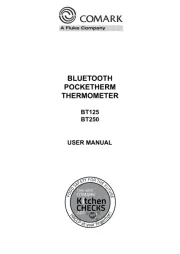
21 August 2024
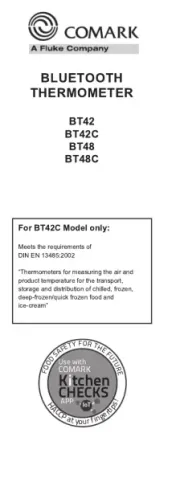
20 August 2024
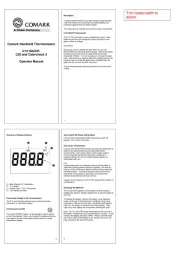
20 August 2024

20 August 2024
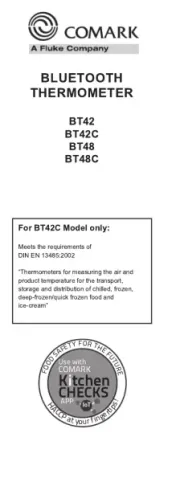
20 August 2024
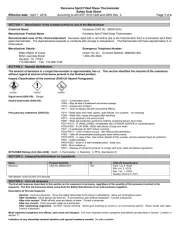
20 August 2024
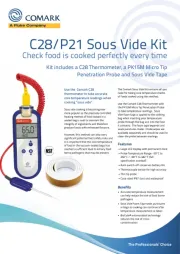
20 August 2024
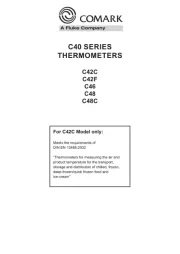
20 August 2024

20 August 2024
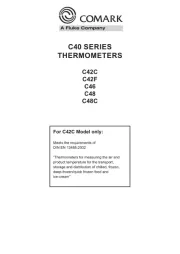
20 August 2024
Madtermometer Manualer
- Napoleon
- Velleman
- ETI
- Switel
- Biltema
- AcuRite
- Severin
- GrillEye
- Nedis
- Ernesto
- Testo
- Laserliner
- Maverick
- Emos
- Rösle
Nyeste Madtermometer Manualer
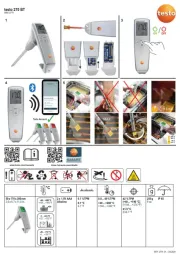
3 Januar 2025

28 December 2024
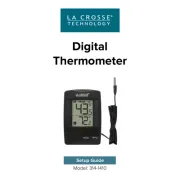
26 December 2024
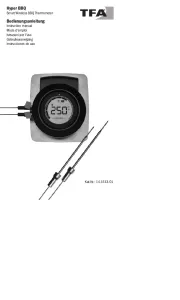
7 December 2024

7 December 2024
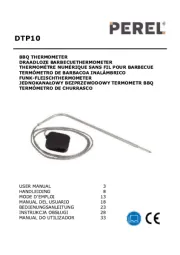
4 December 2024

6 Oktober 2024

21 September 2024

14 September 2024

9 September 2024
